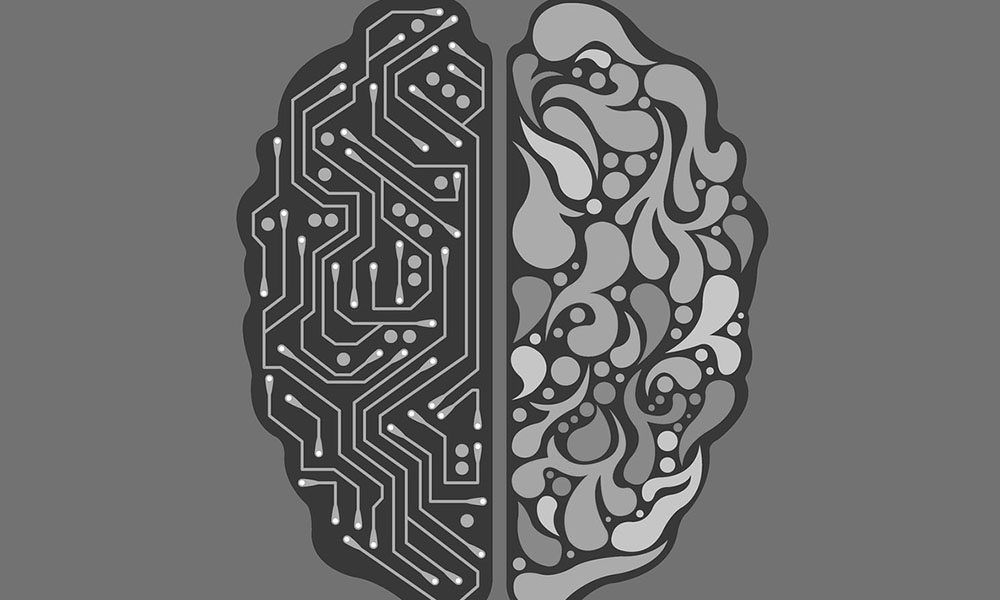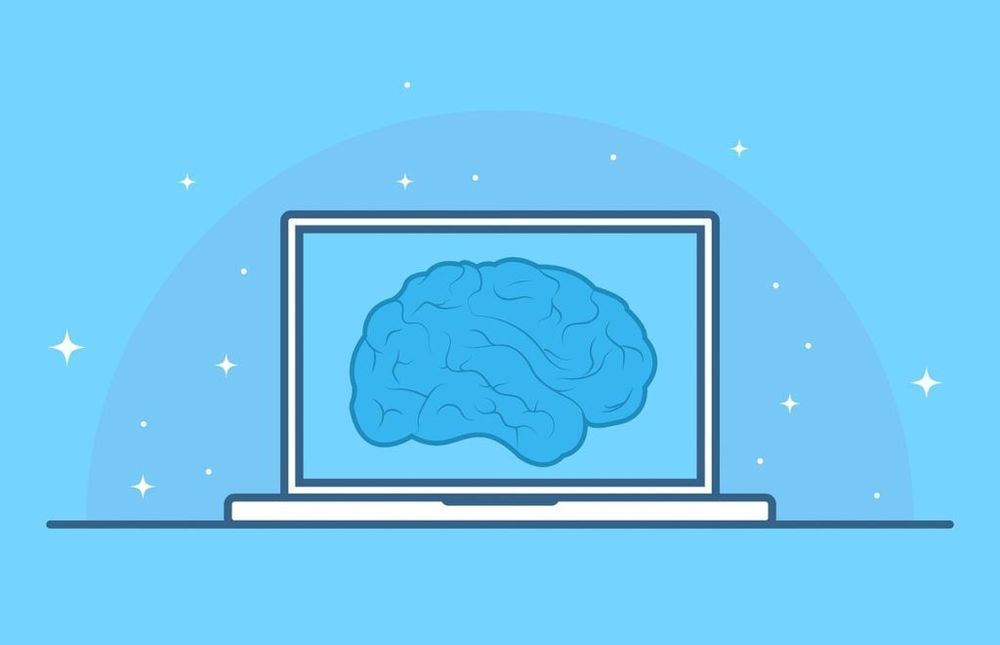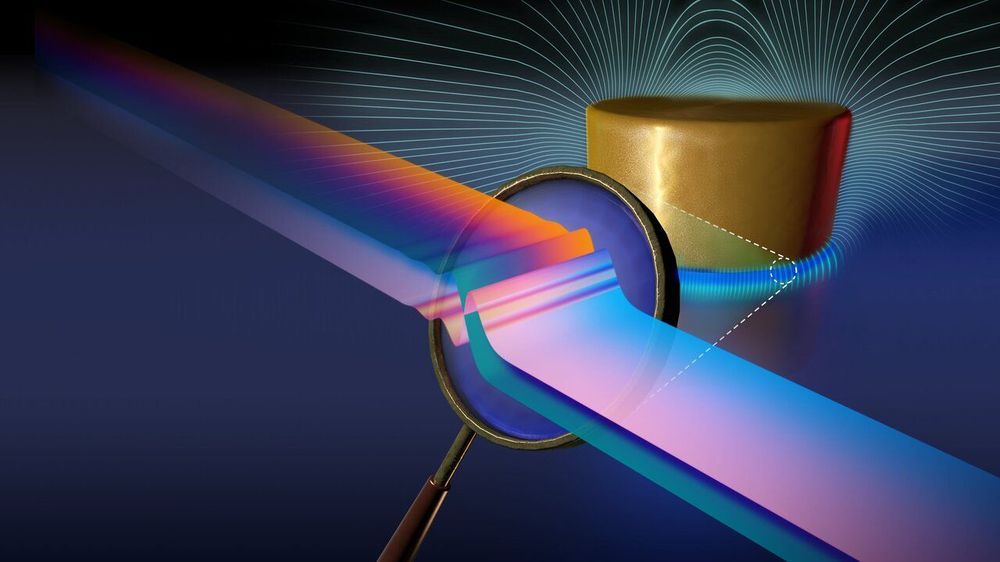Nowadays, there is an imperative need for novel computational concepts to manage the enormous data volume produced by contemporary information technologies. The inherent capability of the brain to cope with these kinds of signals constitutes the most efficient computational paradigm for biomimicry.
Representing neuronal processing with software-based artificial neural networks is a popular approach with tremendous impacts on everyday life; a field commonly known as machine learning or artificial intelligence. This approach relies on executing algorithms that represent neural networks on a traditional von Neumann computer architecture.
An alternative approach is the direct emulation of the workings of the brain with actual electronic devices/circuits. This emulation of the brain at the hardware-based level is not only necessary for overcoming limitations of conventional silicon technology based on the traditional von Neumann architecture in terms of scaling and efficiency, but in understanding brain function through reverse engineering. This hardware-based approach constitutes the main scope of neuromorphic devices/computing.






